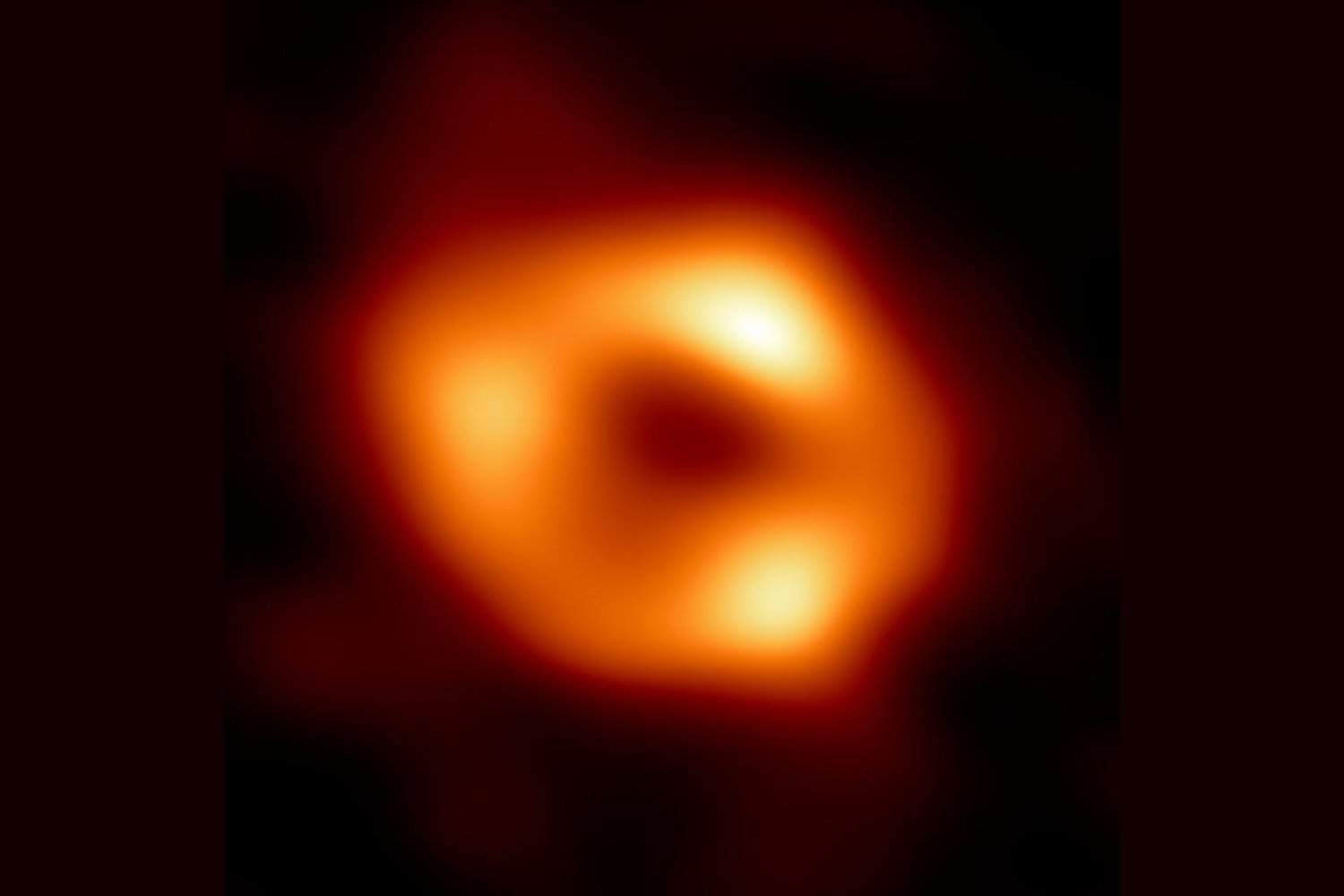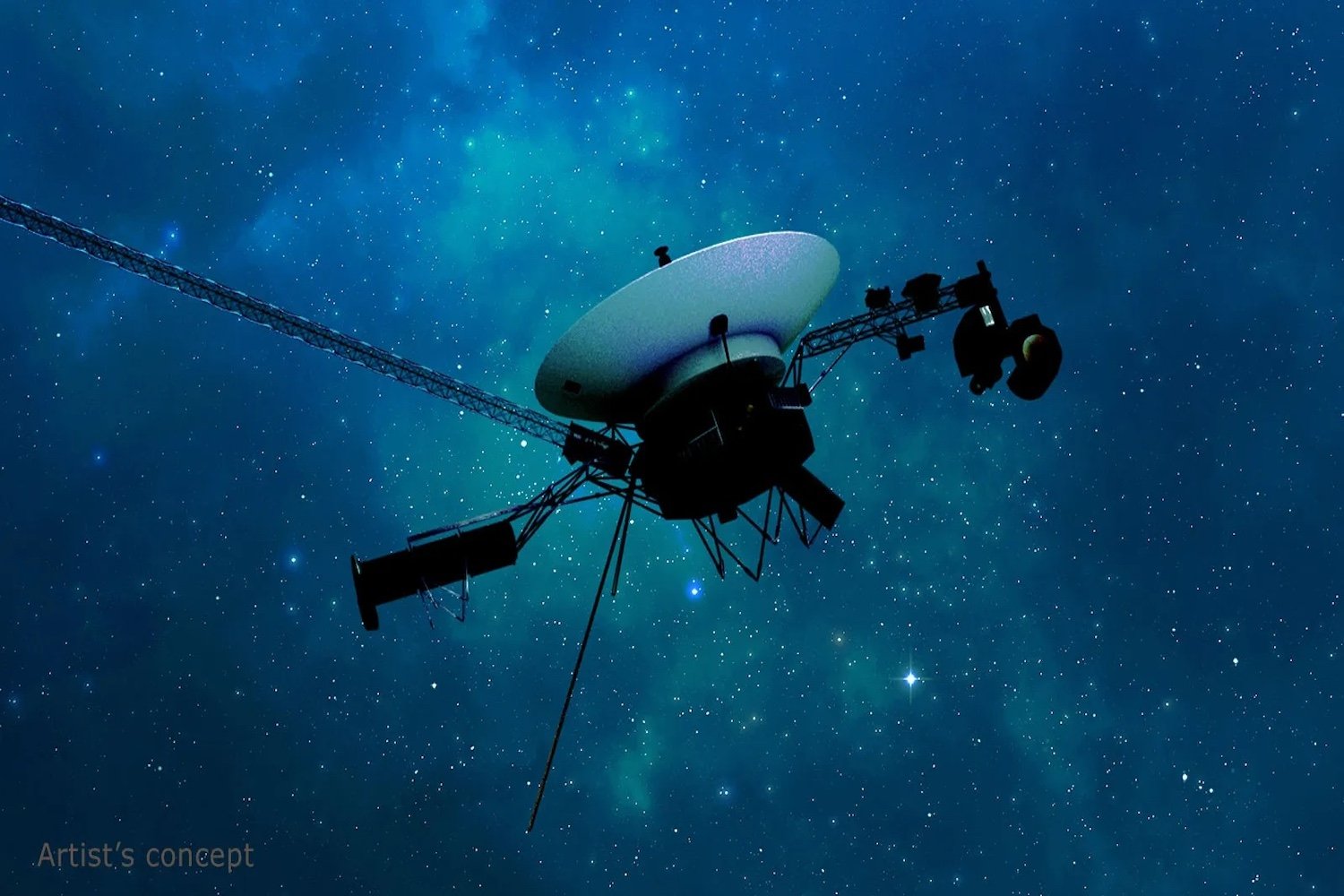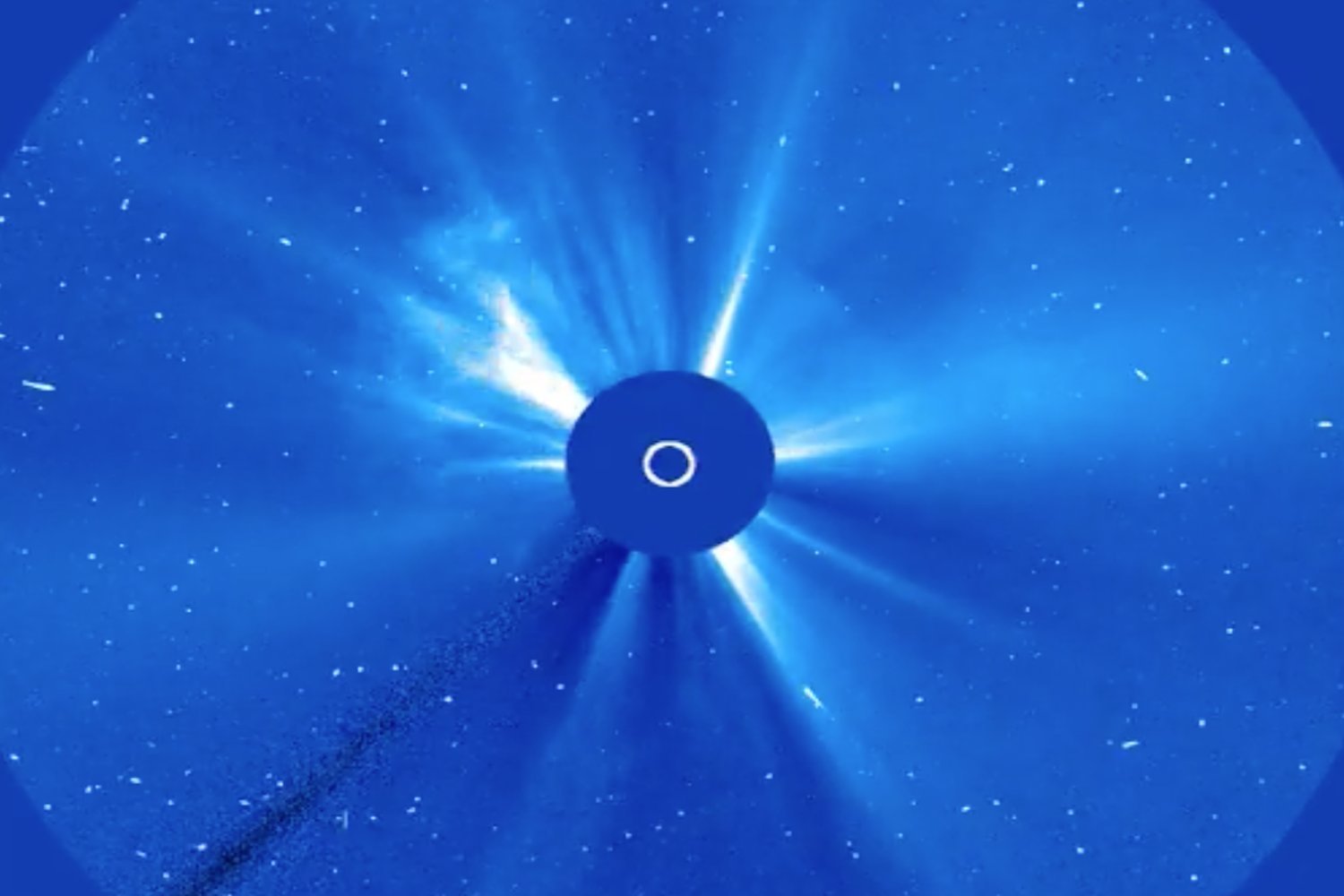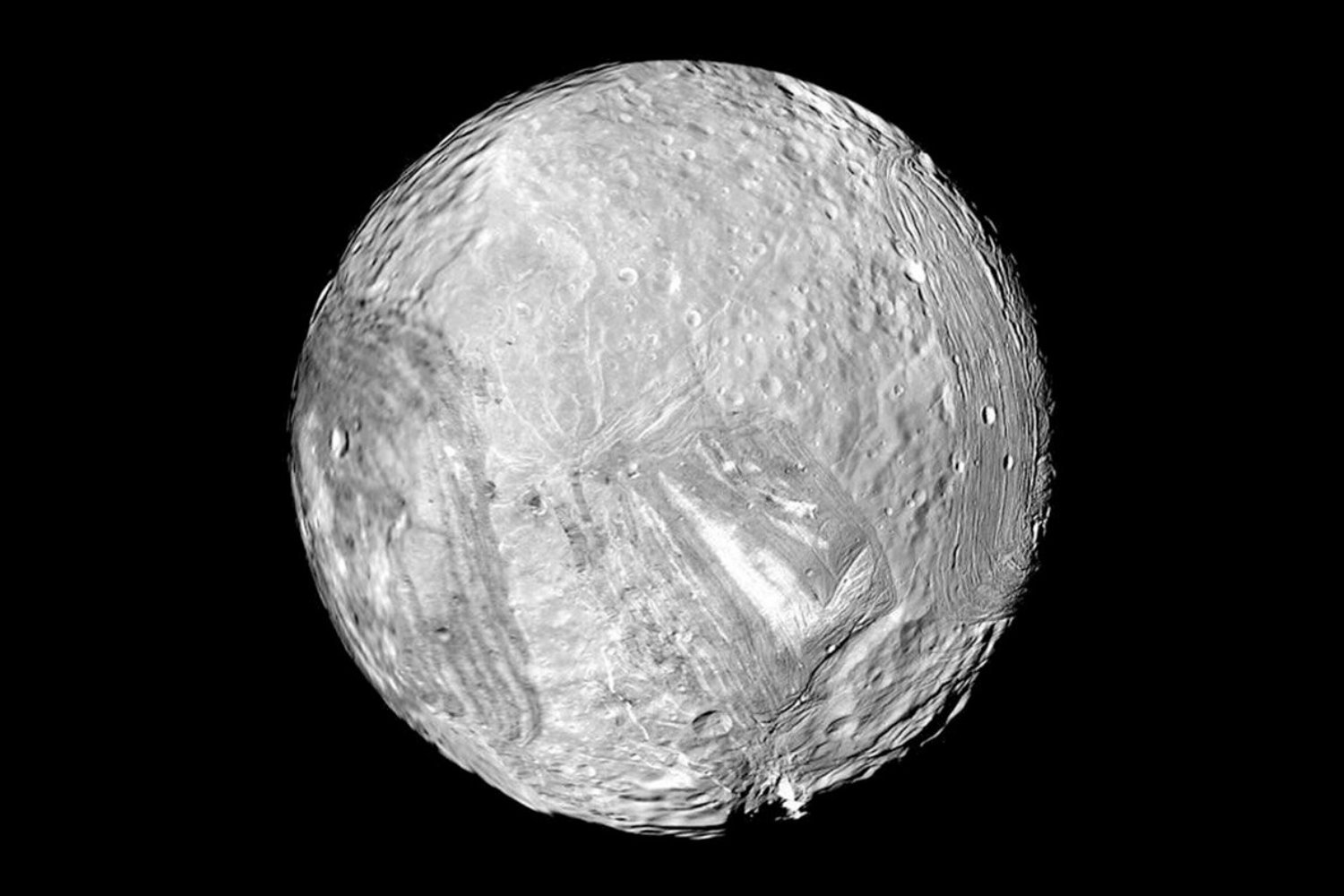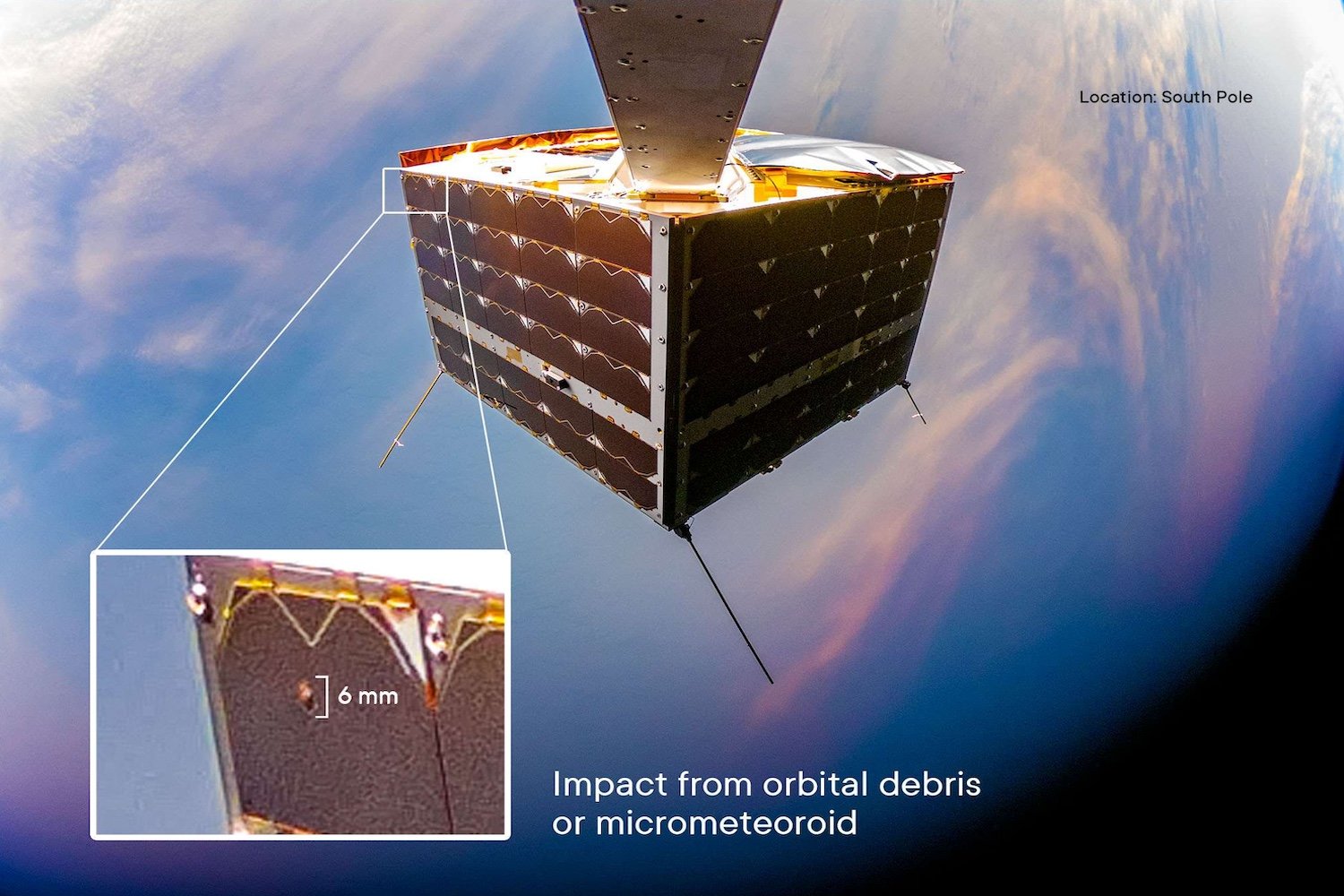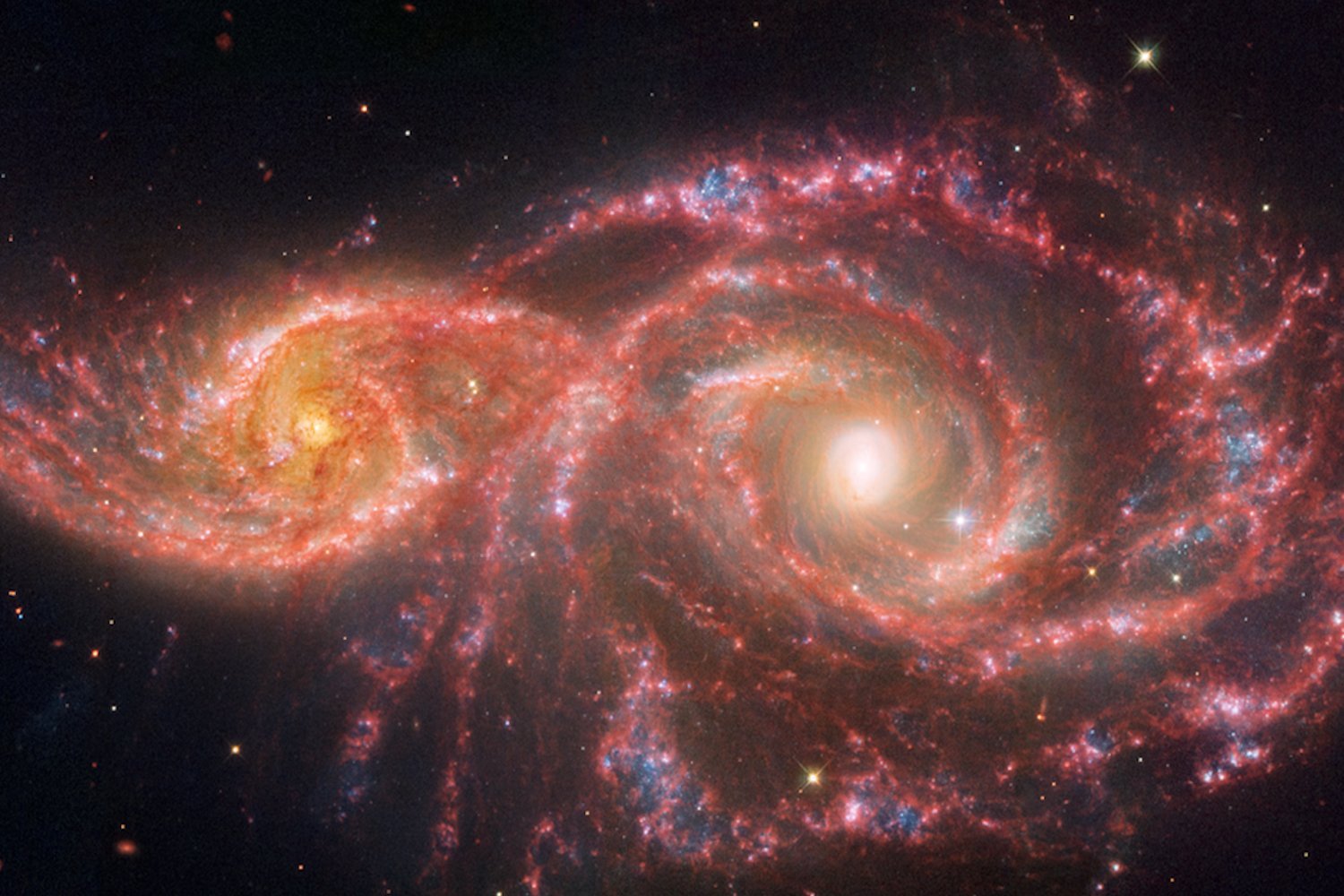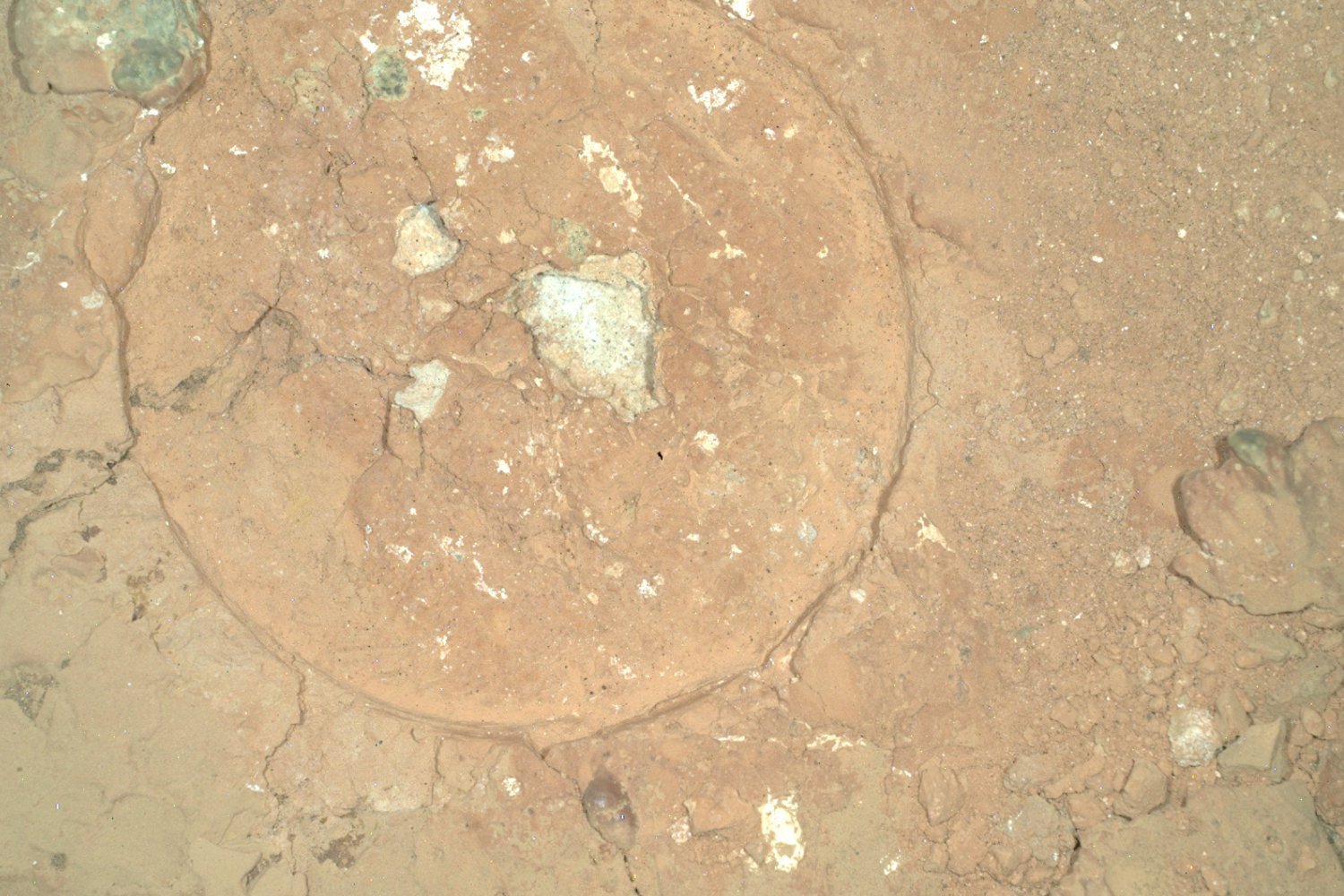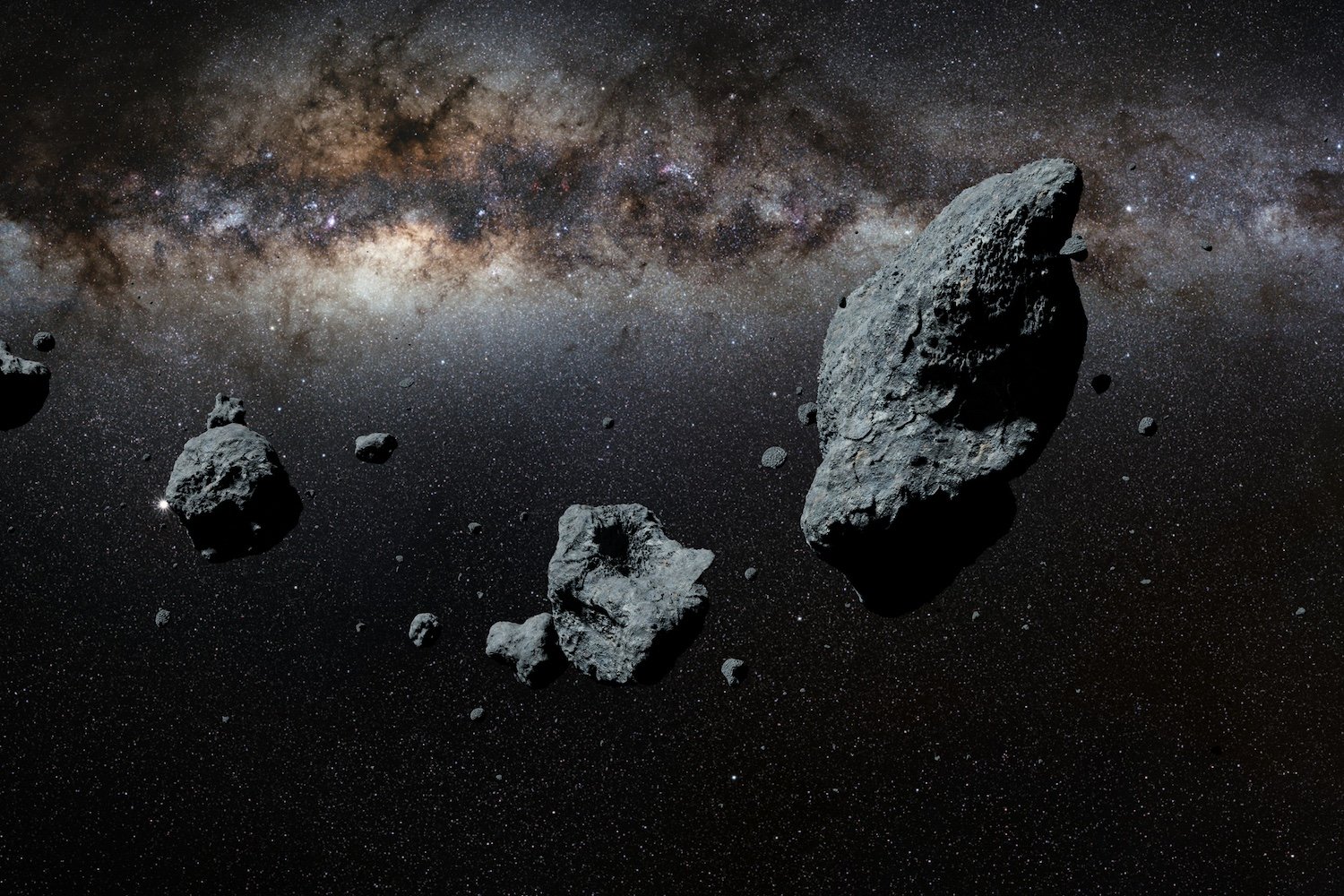The iconic image of Sagittarius A, the supermassive black hole at the heart of our galaxy, might not be entirely accurate, according to a recent study by researchers at the National Astronomical Observatory of Japan (NAOJ). The original image, released in May 2022 by the Event Horizon Telescope (EHT) Collaboration, depicted Sagittarius A as a dark void encircled by a bright ring of light, its accretion disk. However, the NAOJ team proposes a different structure, suggesting the accretion disk is more elongated than previously thought.
The 2022 image represented a significant milestone, marking the first direct visual evidence of Sagittarius A*, a behemoth with a mass equivalent to four million suns. It was also the EHT’s second successful black hole image, following the groundbreaking image of Messier 87’s (M87) black hole in 2019. Black holes are regions of spacetime where gravity is so intense that nothing, not even light, can escape beyond a certain point called the event horizon. The glowing superheated matter surrounding the event horizon forms the accretion disk, the focus of the NAOJ team’s recent study.
The EHT, a network of radio telescopes acting as a single Earth-sized observatory, captures the silhouette of a black hole against the backdrop of its radiating accretion disk. “We hypothesise that the ring image resulted from errors during EHT’s imaging analysis and that part of it was an artefact, rather than the actual astronomical structure,” explained Miyoshi Makoto, NAOJ astronomer and co-author of the study published in the Monthly Notices of the Royal Astronomical Society.
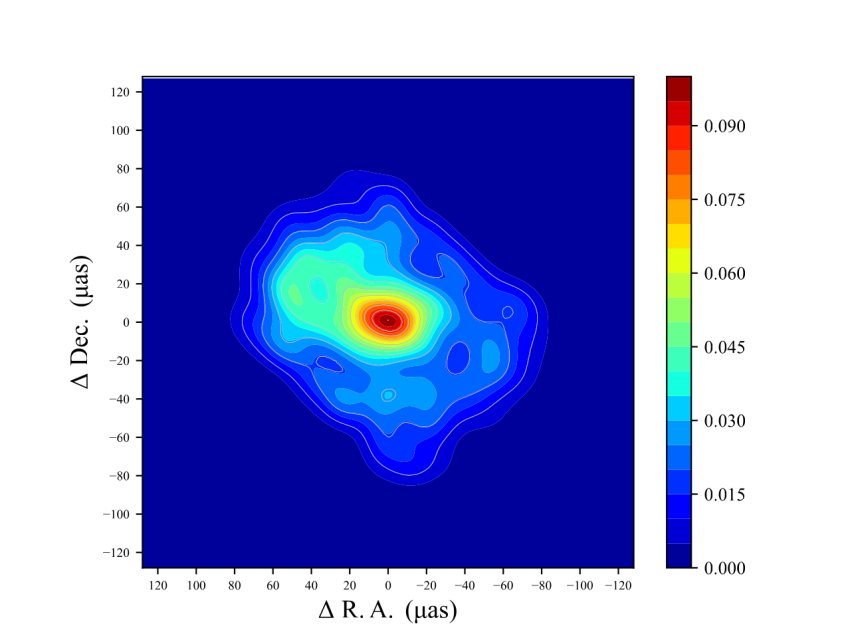 An alternative representation of Sagittarius A* based on the new research.An alternative representation of Sagittarius A based on radio wave data analysis by Miyoshi et al.*
An alternative representation of Sagittarius A* based on the new research.An alternative representation of Sagittarius A based on radio wave data analysis by Miyoshi et al.*
Utilizing the same 2017 EHT data that generated the original image, the NAOJ team employed a different analytical approach. Their findings point towards an elongated accretion disk, contrasting with the ring-like structure depicted in the 2022 image. This elongated structure differs from the ring-like appearance of M87’s black hole, which was later visualized in a polarized image revealing the structure of its magnetic fields.
The EHT Collaboration unveiled a new method in August for enhancing the telescope’s resolution, promising sharper black hole images in the future. These advancements could provide crucial insights into the true structure of Sagittarius A*. Looking even further ahead, a proposed space-based mission, the Event Horizon Explorer, aims to significantly improve EHT image sharpness, offering a clearer view of a black hole’s photon ring.
Further investigations into the extreme environments surrounding black holes and neutron stars, including their collisions, are essential for understanding the gravitational universe and the mysteries at the core of our own galaxy.



